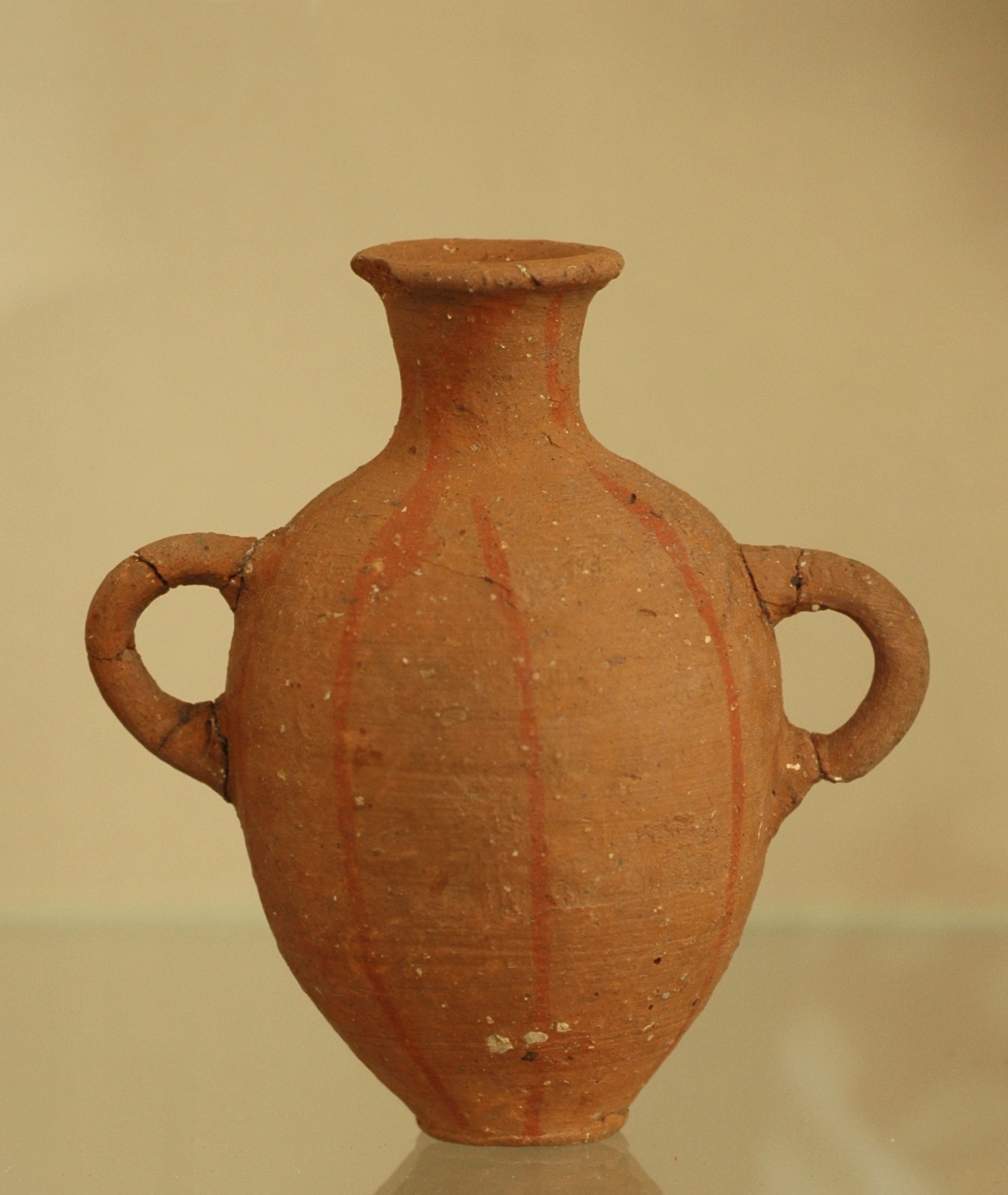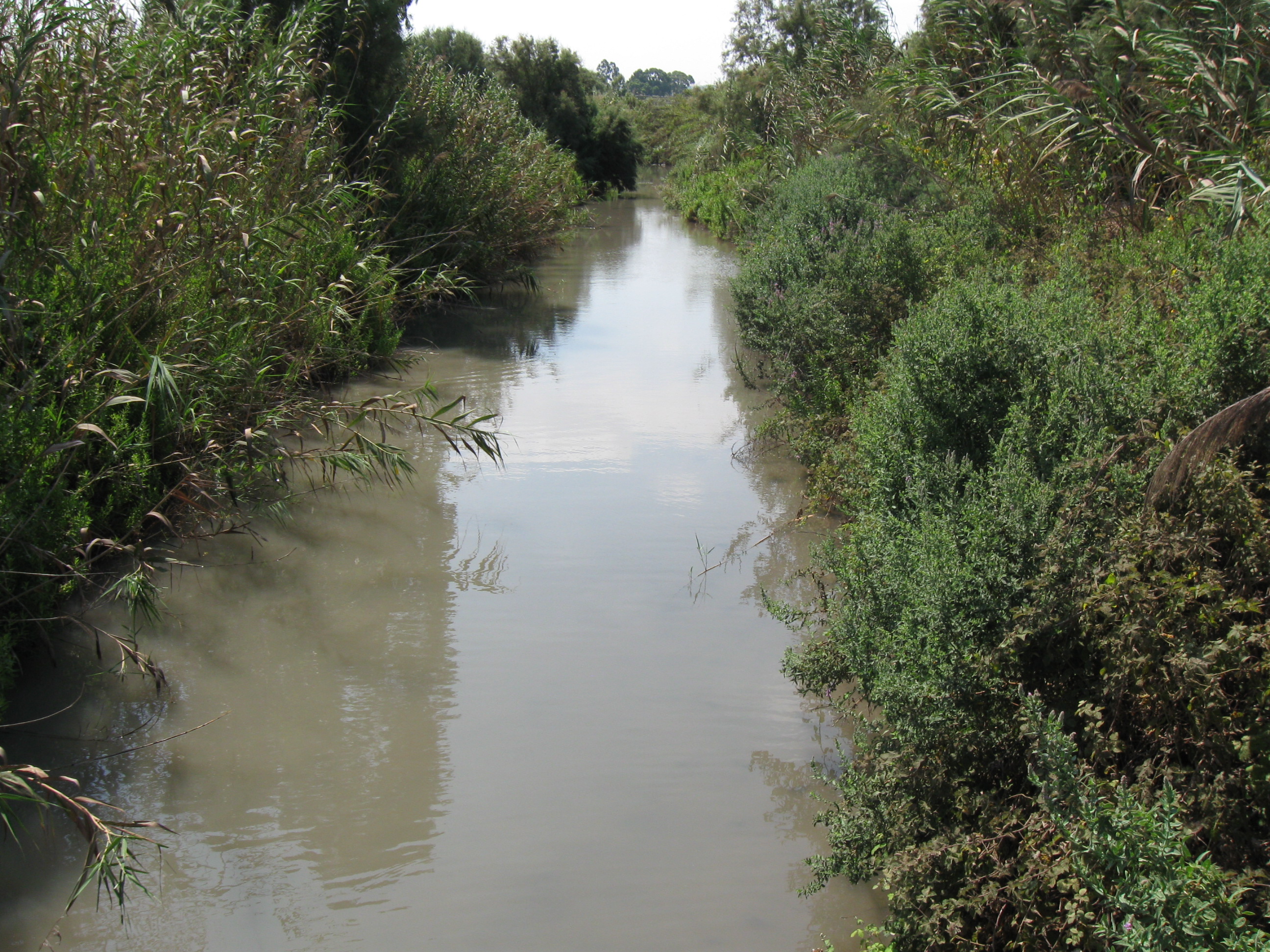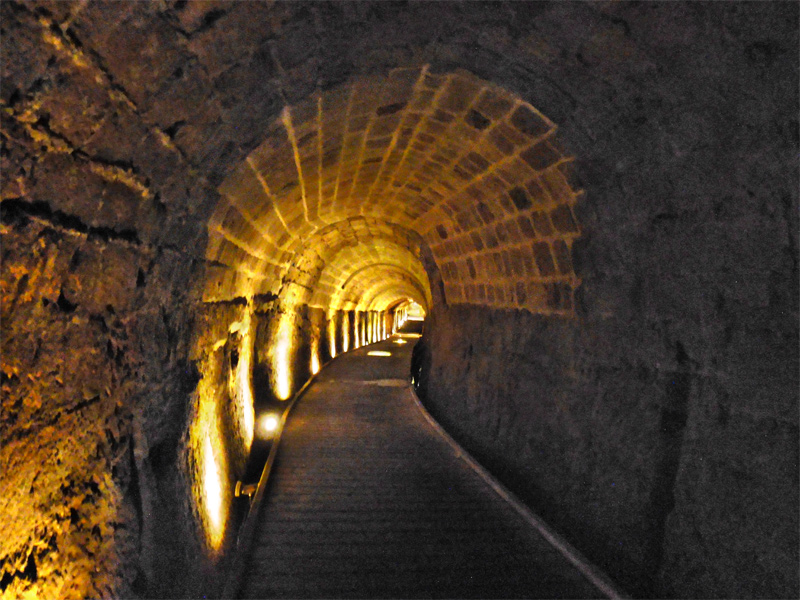|
List Of Phoenician Cities
This is a list of cities and colonies of Phoenicia in modern-day Lebanon, coastal Syria, northern Israel, as well as cities founded or developed by the Phoenicians in the Eastern Mediterranean area, North Africa, Southern Europe, and the islands of the Mediterranean Sea. Levant Lebanon * Tyre - One of the two leading-city states of Phoenicia and one of the most important ports in ancient Phoenicia, and Lebanon today. * Sydon - One of the two leading city-states of Phoenicia * Ampi * Amia * Arqa *Baalbek * Botrys * Berut * Gebal - One of the oldest sites of civilization *Sarepta *Tripoli, Lebanon Syria * Arvad *Latakia - also known by its Phoenician name, Ramitha *Tartus *Amrit * Carne Israel * Achziv *Acre *Atlit * Belus * Tel Tanninim * Dora * Elyakhin * Kabri *Michal *Haifa - Tel Shikmona *Jaffa * Reshef * Caesarea * Tell Abu Hawam * Tel Mevorakh Eastern Mediterranean Turkey * Myriandus - in modern-day Turkey * Sam'al - Cilicia; in modern-day Turkey. Fortress city protect ... [...More Info...] [...Related Items...] OR: [Wikipedia] [Google] [Baidu] |
Phoenician Colonisation En
Phoenician may refer to: * Phoenicia, an ancient civilization * Phoenician alphabet **Phoenician (Unicode block) * Phoenicianism, a form of Lebanese nationalism * Phoenician language * List of Phoenician cities See also * Phoenix (mythology) * Phoenix (other) * Phoenicia (other) Phoenicia, or Phœnicia, was an ancient civilization in the north of Canaan in parts of Lebanon, Syria, and Palestine. Phoenicia may also refer to: Historical places *Phoenice (Roman province), a province of the Roman Empire encompassing the reg ... * {{disambiguation Language and nationality disambiguation pages ... [...More Info...] [...Related Items...] OR: [Wikipedia] [Google] [Baidu] |
Byblos
Byblos ( ; ), also known as Jebeil, Jbeil or Jubayl (, Lebanese Arabic, locally ), is an ancient city in the Keserwan-Jbeil Governorate of Lebanon. The area is believed to have been first settled between 8800 and 7000BC and continuously inhabited since 5000BC. During its history, Byblos was part of numerous cultures including Old Kingdom of Egypt, Egyptian, Phoenician, Assyrian, Achaemenid Empire, Persian, Hellenistic period, Hellenistic, Roman Empire, Roman, Genoese Republic, Genoese, Mamluk Sultanate, Mamluk and Ottoman Empire, Ottoman. Urbanisation is thought to have begun during the third millennium BC when it developed into a city, making it one of the List of oldest continuously inhabited cities, oldest cities in the world, if not the oldest. It is a UNESCO World Heritage Site. It was in Ancient Byblos that the Phoenician alphabet, likely the ancestor of the Greek alphabet, Greek, Latin and all other Western alphabets, was developed. Etymology The name appears as ''Keb ... [...More Info...] [...Related Items...] OR: [Wikipedia] [Google] [Baidu] |
Tel Tanninim
Tel Tanninim (), in Arabic Tell al-Milāt (lit. 'Mortar Mound'),Stieglitz, Robert R.''Tel Tanninim'' 2000, accessed 17 February 2021 is an ancient Tell (archaeology), tell (archaeological mound) on the shore of the Mediterranean, near the mouth of Nahal Tanninim ('Crocodiles Stream'), in the vicinity of the modern Israeli Arabs, Arab town of Jisr az-Zarka, Israel. Names The Modern Hebrew names of the mount and the river hark back to the Nile crocodiles that used to live in the river and the now drained nearby Kabbara swamps until the beginning of the 20th century – ''tannin'' (singular) and ''tanninim'' meaning crocodile/s in Hebrew. The Greek name of the Hellenistic town was Krokodeilon polis, 'Crocodiles City' (Strabo and Pliny the Elder, Pliny), also spelled CrocodeilopolisStrabo, ''Geography'', Book XVI, Chapter 2, lin27 Accessed 2 June 2020. or Crocodilopolis. Migdal Malhā, the Aramaic name from the Byzantine period, as well as the Kingdom of Jerusalem, Crusader name, T ... [...More Info...] [...Related Items...] OR: [Wikipedia] [Google] [Baidu] |
Belus (river)
The Na'aman (, ''Nahal Na'aman'') or Na'mein River (, ''Nahr Na'mein'') is a stream in northwestern Israel. To the ancient writers Pliny, Tacitus, and Josephus, it was known as the Belus (Latin) or Belos River (, ''Bē̂los'') of Phoenicia. Course The Na'aman River originates from springs near Ein Afek (primarily Ein Nymphit) and flows through the Zebulun Valley from south to north before emptying into the Bay of Haifa (formerly Bay of Acre) south of Acre (Akko) on the Mediterranean Sea. It previously flowed directly south of Tel Akko (the site of ancient Acre) but has shifted over time to be about away. The En Afek Nature Reserve near the Haifa Bay suburb of Kiryat Bialik, is the last remnant of the Nahal Na'aman wetlands. History Once known as Belus or Belos, the river is mentioned by Isidore of Seville. According to the legend, this is where glass-making was invented. Tacitus also mentions glassmaking at the Belus. Pliny the Elder (''Natural History'', 5.19), usin ... [...More Info...] [...Related Items...] OR: [Wikipedia] [Google] [Baidu] |
Château Pèlerin
Château Pèlerin (Old French: Chastel Pelerin; ), also known as Atlit and Magdiel, is a Crusades, Crusader fortress and fortified town located about north of the modern Israeli town of Atlit (modern town), Atlit on the northern coast of Israel, about south of Haifa. Château Pèlerin is located inside the Atlit naval base. The Knights Templar began building the fortress in 1218 during the Fifth Crusade. One of the major Crusader fortresses, it could support up to 4,000 troops in siege conditions. It became for a short time the headquarters of the Crusaders; according to Claude Reignier Conder its architecture "must have made ‘Athlit perhaps the finest town of the period in the country". It has been described as the "crowning example of Crusader military architecture", although T. E. Lawrence found it lacking in elegance and imagination in terms of military architecture, settling on massiveness instead. In early August 1291, three months after the Siege of Acre (1291), Siege ... [...More Info...] [...Related Items...] OR: [Wikipedia] [Google] [Baidu] |
Acre, Israel
Acre ( ), known in Hebrew as Akko (, ) and in Arabic as Akka (, ), is a List of cities in Israel, city in the coastal plain region of the Northern District (Israel), Northern District of Israel. The city occupies a strategic location, sitting in a natural harbour at the extremity of Haifa Bay on the coast of the Mediterranean's Levantine Sea. In the Village Statistics, 1945, 1945 census Acre's population numbered 12,360; 9,890 Muslims, 2,330 Christians, 50 Jews and 90 classified as "other".Department of Statistics, 1945, p4Government of Palestine, Department of Statistics. ''Village Statistics, April, 1945.'' Quoted in Hadawi, 1970, p40 Acre Prison, Acre's fort was converted into a jail, where members of the Jewish underground were held during their struggle against the Mandate authorities, among them Ze'ev Jabotinsky, Shlomo Ben-Yosef, and Dov Gruner. Gruner and Ben-Yosef were executed there. Other Jewish inmates were freed by members of the Irgun, who Acre Prison break, brok ... [...More Info...] [...Related Items...] OR: [Wikipedia] [Google] [Baidu] |
Achziv
Achziv ( ''ʾAḵzīḇ'') or Az-Zeeb () is an ancient site on the Mediterranean coast of northern Israel, between the border with Lebanon and the city of Acre. It is located north of Acre on the coast of the Mediterranean Sea, within the municipal area of Nahariya. Today it is an Israeli national park. Excavations have unearthed a fortified Canaanite city of the second millennium BCE. The Phoenician town of the first millennium BCE is known both from the Hebrew Bible and Assyrian sources. Phoenician Achzib went through ups and downs during the Persian and Hellenistic periods. In early Roman times the town, known as ''Acdippa'', was a road station. The Bordeaux Pilgrim mentions it in 333-334 CE still as a road station; Jewish sources of the Byzantine period call it ''Kheziv'' and ''Gesiv''. There is no information about settlement at the site for the early Muslim period. The Crusaders built a new village with a castle there. During the Mamluk and Ottoman periods a modest vil ... [...More Info...] [...Related Items...] OR: [Wikipedia] [Google] [Baidu] |
Carne, Phoenicia
Carne (, Greek language, Greek: ΚάρνηStephanus of Byzantium, ''Cum annotationibus L. Holsteinii, A. Berkelii et Th. de Pinedo. Vol. I, cum Guilielmi Dindorfii praefatione, cui insunt lectiones libri Vratislav'', Leipzig, 1825, iarchive:stephanusbyzant00holsgoog/page/238, p. 238) or Carnos (Greek language, Greek: ΚάρνοςStrabo, ''Geographica'', 16.2.12Greek sourcean) was an ancient Phoenicians, Phoenician city opposite to the island-city Arados, north of Tartus. Carne (and not Marathus, Marath) was the port of Arados on the mainland, the only port city of its dependencies. Nothing is known of the history of the city as distinct from that of Aradian Phoenice (Roman province), Paralia, which included also Tartus, Marathus, Marath, Enydra, Balanaea and Paltus. Lycophron uses the term "" (Carnite hounds) to refer Phoenician merchants. Strabo mentions it as one of the Aradian coast cities, in which its seaboard harbour is found. Pliny the Elder and Stephanus of Byzantium mentio ... [...More Info...] [...Related Items...] OR: [Wikipedia] [Google] [Baidu] |
Amrit
Amrit (), the classical antiquity, classical Marathus (, ''Marathos''), was a Phoenicians, Phoenician port located near present-day Tartus in Syria. Founded in the third millenniumBC, Marat (, ) was the northernmost important city of ancient Phoenicia, with relations to nearby Arwad. During the 2ndcenturyBC, Amrit was defeated and its site largely abandoned, leaving its ruins well preserved and without extensive remodeling by later generations. History The city lies on the Mediterranean Sea, Mediterranean coast around south of modern-day Tartus. Two rivers cross the city: Nahr Amrit, near the main temple, and Nahr al-Kuble near the secondary temple, a fact that might be linked to the importance of water in the religious traditions in Amrit. The city was probably founded by the Arwad, Arvadites, and was considered one of the "daughters of Arwad" on the coastline.Strabo, ''Geographica'', 16.2.12Greek sourcean Marathus served as Arwad's continental base, although the port of Ar ... [...More Info...] [...Related Items...] OR: [Wikipedia] [Google] [Baidu] |
Tartus
Tartus ( / ALA-LC: ''Ṭarṭūs''; known in the County of Tripoli as Tortosa and also transliterated from French language, French Tartous) is a major port city on the Mediterranean coast of Syria. It is the second largest port city in Syria (after Latakia), and the largest city in Tartus Governorate. Tartus was under the governance of Latakia Governorate until the 1970s, when it became a separate governorate. The population is 458,327 (2023 estimate). In the summer it is a vacation spot for many Syrians. Etymology The name derives from Ancient (Antarados or ''Anti-Aradus'', meaning "The town facing Arwad, Aradus). In Latin, its name became ''Tortosa''. The original name survives in its Arabic language, Arabic form as ''Ṭarṭūs'' (), from which the French language, French ''Tartous'' and English language, English ''Tartus'' derive. History Phoenician Antaradus Tartus was founded as a Phoenician colony of Arwad, Aradus. [...More Info...] [...Related Items...] OR: [Wikipedia] [Google] [Baidu] |
Ramitha
Latakia (; ; Syrian pronunciation: ) is the principal port city of Syria and capital city of the Latakia Governorate located on the Mediterranean coast. Historically, it has also been known as Laodicea in Syria or Laodicea ad Mare. In addition to serving as a port, the city is a significant manufacturing center for surrounding agricultural towns and villages. According to a 2023 estimate, the population of the city is 709,000, its population greatly increased as a result of the ongoing Syrian Civil War, which led to an influx of internally displaced persons from rebel held areas. It is the 5th-largest city in Syria after Aleppo, Damascus, Homs and Hama. Cape Apostolos Andreas, the north-eastern tip of Cyprus, is about away. Although the site of the city has been inhabited since the 2nd millennium BC, the city was founded as a Greek city in the 4th century BC under the rule of the Greek Seleucid Empire. Latakia was subsequently ruled by the Romans and Byzantines, followed by ... [...More Info...] [...Related Items...] OR: [Wikipedia] [Google] [Baidu] |
Latakia
Latakia (; ; Syrian Arabic, Syrian pronunciation: ) is the principal port city of Syria and capital city of the Latakia Governorate located on the Mediterranean coast. Historically, it has also been known as Laodicea in Syria or Laodicea ad Mare. In addition to serving as a port, the city is a significant manufacturing center for surrounding agricultural towns and villages. According to a 2023 estimate, the population of the city is 709,000, its population greatly increased as a result of the ongoing Syrian Civil War, which led to an influx of internally displaced persons from rebel held areas. It is the List of cities in Syria, 5th-largest city in Syria after Aleppo, Damascus, Homs and Hama. Cape Apostolos Andreas, the north-eastern tip of Cyprus, is about away. Although the site of the city has been inhabited since the 2nd millennium BC, the city was founded as a Greek city in the 4th century BC under the rule of the Greek Seleucid Empire. Latakia was subsequently ruled by t ... [...More Info...] [...Related Items...] OR: [Wikipedia] [Google] [Baidu] |








